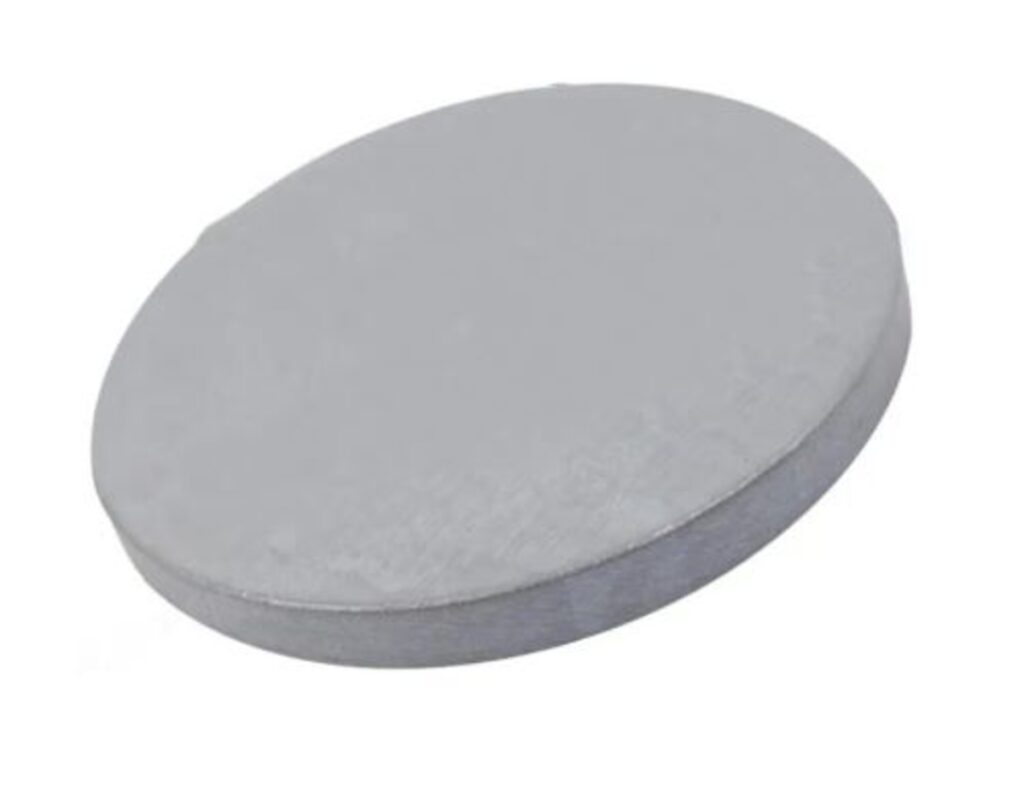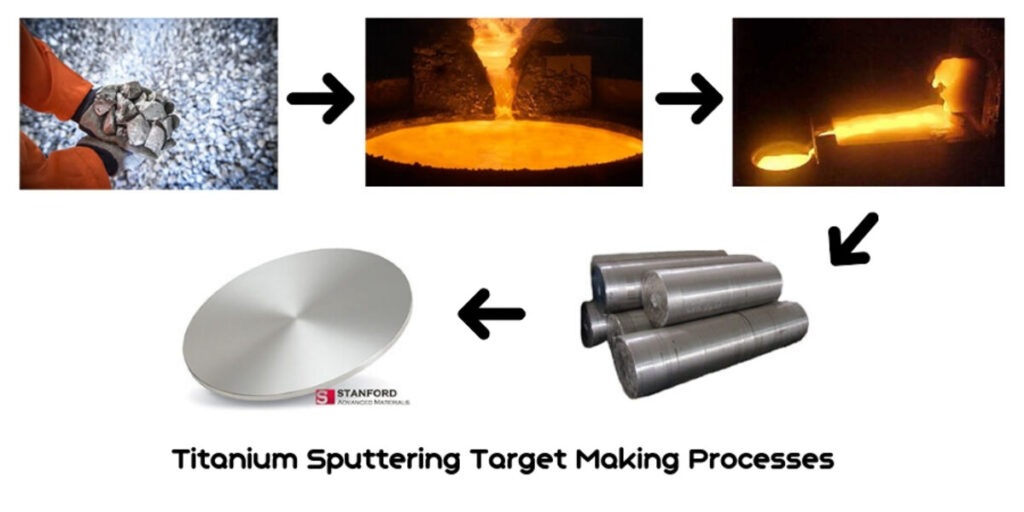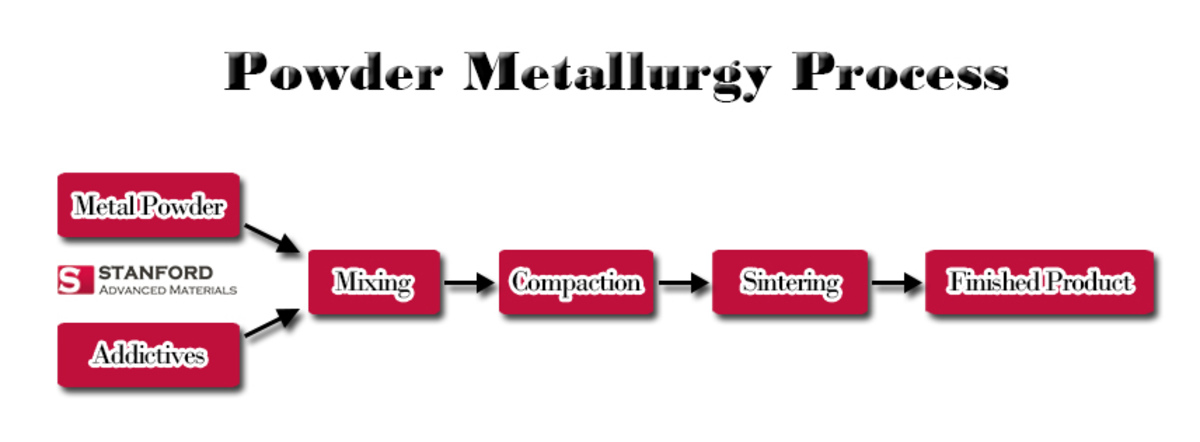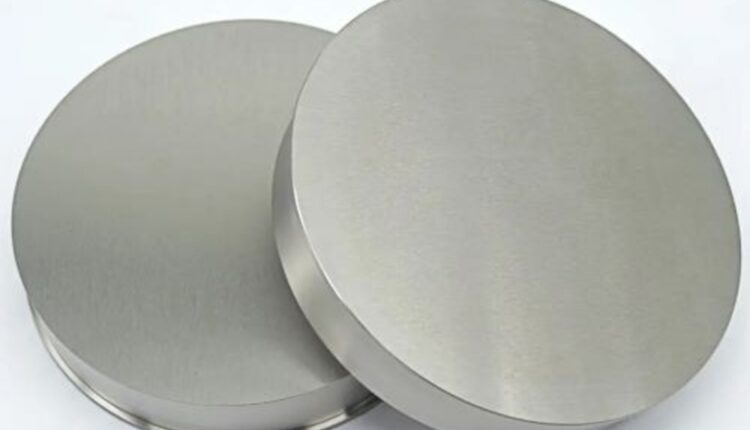Introduction
Terbium Sputtering Target is made of Terbium metal. They are used in many fields such as tool, optical, and solar coatings. Let’s take a closer look at the properties, production, and applications of terbium sputtering targets.
Figure 1 Terbium sputtering target

What Are the Properties of Terbium Sputtering Targets?
Terbium sputtering targets have similar properties to terbium metal.
- Terbium, the element (Tb, 65), belongs to Group 3, Period 6 of the periodic table. It is a silvery-white soft metal with a melting point of 1,356°C and a boiling point of about 2,800°C. You can learn more about the physical properties of terbium in the table below.
- In chemical classification, terbium is a rare earth element in the lanthanide series. Terbium is electropositive, so it oxidizes easily, reacts slowly with water in the air, and dissolves in acids. In addition, terbium compounds are highly fluorescent and used in various industries.
Table 1 Terbium Sputtering Targets Specifications
| Material Type | Terbium-Metal |
| Symbol | Tb |
| Color/Appearance | Silvery White, Metallic |
| Melting Point (°C) | 1356 |
| Boiling Point (°C) | 2800 |
| Coefficient of Thermal Expansion | 10.3 x 10-6/K |
| Density (g/cm3) | 8.33 |
| Available Sizes | Dia.: 1.0″, 2.0″, 3.0″, 4.0″
Thick: 0.125″, 0.250″ |
How to Produce Terbium Sputtering Targets?
The manufacturing process for terbium sputtering targets begins with the production of pure metallic terbium. Terbium is pretty abundant in the earth’s crust but does not occur naturally as a free element. It is mined from cerite, gadolinite, monazite, and euxenite minerals. We need to separate metals from their rare earth relatives. Ion exchange and valence change are commonly used to obtain pure lanthanides. The former method is preferred for terbium.
Then you can get a terbium sputtering target using the following methods:
–Casting
The casting process is listed as follows.
- The raw material terbium must first be dissolved to a certain distribution ratio.
- They are then poured into molds to form terbium ingots.
- Finally, through planned processing, a terbium sputtering target is obtained. Metal targets can be machined into shapes suitable for sputtering systems.
- Always perform the process in a vacuum or inert atmosphere to prevent oxidation.
Figure 2 shows the manufacturing process of titanium sputtering targets. It is an image from Stanford Advanced Materials (SAM).

Figure 2 Manufacturing Process for Titanium Sputtering Targets
–Powder Metallurgy
Powder metallurgy can be an option when casting does not achieve the expected target dimensions (see Figure 3).
- Similar to the casting process, the powder metallurgy process begins with melting and casting.
- Then you need to crush them and press the powder.
- High-quality terbium sputtering targets are finally obtained by high-temperature sintering.
Further Reading: An Introduction to Powder Metallurgy
Figure 3 Powder Metallurgy Process

What Are the Applications of Terbium Sputtering Targets?
- Terbium sputtering targets are used for decoration, functional coatings, flat panel displays, etc.
- Terbium metal is an essential additive to improve the performance of Nd-Fe-B permanent magnets. This metal is also a dopant for calcium fluoride and calcium tungstate. Terbium is also found in laser devices and marine sonar systems.
- Most of the terbium compounds are used to produce green phosphors for fluorescent lamps and color TV tubes.
Conclusion
The terbium sputtering target consists of a silvery malleable terbium metal. These sputtering materials are available for the coatings industry by casting and powder metallurgy. We hope this article has given you a better understanding of terbium sputtering targets. Terbium sputtering targets of various sizes, shapes, and prices are available on Stanford Advanced Materials (SAM). For more information, please visit our homepage.
Read Also: Cobalt Sputtering Targets: Key Component In Producing High-Quality Electronics

